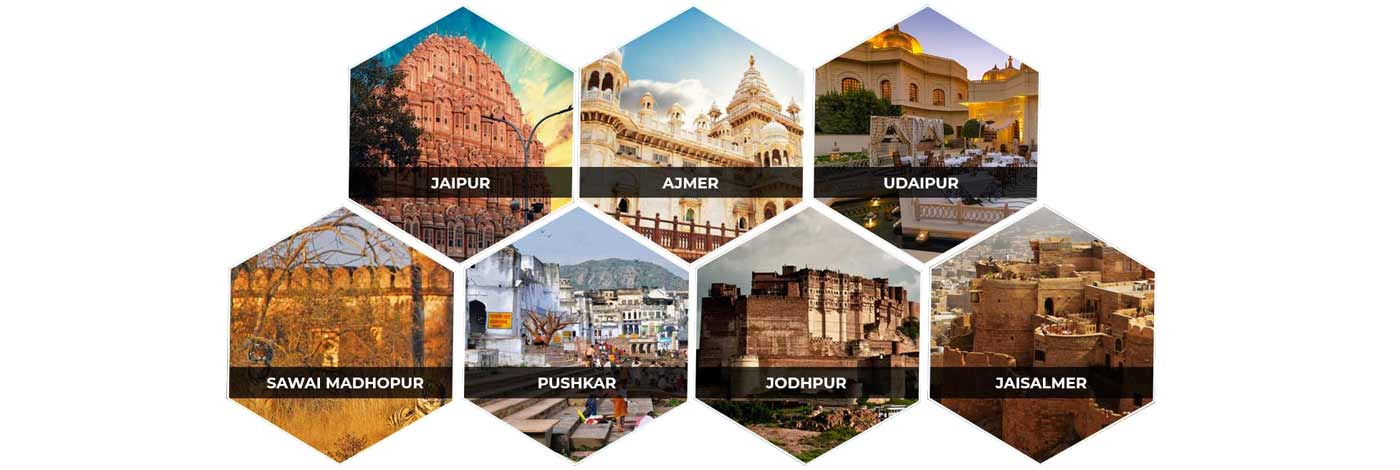
Sajjangarh Wildlife Sanctuary
Sajjangarh Wildlife Sanctuary is located at a distance of around 5 km from Udaipur, and surrounds the Sajjangarh Palace. The Bansdara Hill, located in the backdrop of the sanctuary, looks amazing from the place. Tiger Lake, also known as Jiyan Lake or Bari Lake, is located inside the sanctuary. This artificial lake was built in the year 1664 by the former king of Mewar, Maharana Raj Singh. He named this lake as Jiyan after Jana Devi, his mother.
There are varied species of animals, birds, and reptiles present in the sanctuary. Animals like Wild boars, Jackals, Sambars, Blue bulls, hHyenas, Chitals, Panthers, and Hares can be easily spotted here. In the vicinity of the sanctuary, there is a unique fish shaped hill called Machla Magra, which is quite beautiful. A shrine dedicated to the Hindu Lord Shiva is also located near the sanctuary.
Flora and Fauna
The palace oversees the sanctuary, which is a home for reptiles, tigers, nilgai, sambhar, wild boars, hyenas, panthers, and jackals. It is also popular for bird watching. The reserve can be a good trekking point by a trek and also go for a jungle safari as an adventure starting from the Gorilla Point to the Jiyan Sagar or the Bari Lake to enjoy the scenic beauty of the Aravalli hills and the wildlife of the reserve forest.
Attractions in Sajjangarh Wildlife Sanctuary
The major attraction of Sajjangarh Wildlife Sanctuary is an artificial lake named Jiyan Sagar, which is widely known as "Bari Lake" or "Tiger Lake". Maharana Raj Singhji, the ex-ruler of Mewar, made this lake and named it after his mother, Jana Devi. The lake has an area of 1.25 square miles with a storage facility of 400 million cubic feet of water. This is an ideal spot for picnics and swimming as it is a clean lake. You can view herbivores like chital, sambar, blue bull, wild boar, etc. from close quarters in this safari park. A network of jungle roads are created to arrive at diverse parts of the safari park.
From Gorilla viewpoint you can go to Bari Lake through the Maharana Pratap nature trail and can watch the beautiful natural beauty of Aravalli hills along with rich flora and fauna in the area. There is a Jhar Water Hole, which is a constant source of water, is situated on Western phase of Bansdara hills. It is bounded by number of ancient Mahua trees. Near the waterhole, there is a temple dedicated to Lord Shiva. This place is an ideal place to experience the effect of micro-climate with surrounded forest area by sitting at this place. During the rainy season, the springs flowing through the area add the extra beauty to the sanctuary. Sajjangarh Sanctuary is a place rich with wildlife as well as abundance of flora and fauna.
Rajasthan Wildlife
Rajasthan brings to mind the images of forts, palaces, lakes, colourful festivals and the mighty Thar Desert. Rajasthan is a land of varied topography, ranging from the semi green forests of Mount Abu to dry grasslands of the desert, and from the dry deciduous thorn forest of Aravali to wetlands of Bharatpur. Each of these areas is home to variety of rare as well as endangered animal and bird species. The sanctuaries and the wildlife parks here attract the migratory birds and become their temporary home. Migratory birds like the common crane, ducks, coots, pelicans and the rare Siberian cranes, imperial sand grouse, falcons, buzzards flocks to this state during the winter season. In the season time, the whole place echoes with enchanting sounds and fascinating visuals against the sprawling meadow of flora. Each of these areas is a haven for a wide spectrum of wildlife, bestowing the state with some of the most fascinating wildlife sanctuaries in India.
With its unconventional beauty and varied attractions, Rajasthan simply charms its way into our hearts. However, there is another aspect of Rajasthan that draws visitors in hordes. Well, it is Rajasthan's rich wildlife that makes adventure lovers and wildlife enthusiasts flock its national parks and wildlife sanctuaries every year. A very well known fact is that Rajasthan has a variety of flora and fauna. Rajasthan is the haven of the tigers and many endangered species. Rajasthan is the home of some rare species of tigers, blackbucks, chinkara, the desert fox, the endangered caracal, the great Indian bustard, gavial, monitor lizard, wild boars, porcupine, etc. The leopard (panther) here is found in forests and in open degraded forest areas with rocky outcrops adjoining towns and villages. Each type of ecosystem is host to some rare species, so they have been marked as special area wildlife.
Rajasthan boasts of three national parks and over a dozen sanctuaries that offer a fascinating variety of birds and beasts, of flora and fauna and of hilly and forested terrain. Most of these areas are open to visitors round the year but are closed briefly during the monsoon. The wildlife sanctuaries in Rajasthan offer some of the best wildlife tours in India and can be explored either by jeep or on elephant back. So, get set for a jeep or elephant safari and enjoy a close encounter with the wild beasts and beautiful birds in their natural habitat. For those looking for adventure, these wildlife sanctuaries of Rajasthan provide the kind of excitement that really makes the adrenaline flow.
The Nahargarh Biological Park has a variety of vegetation and several species of wild beasts. The Jhalana Nature Trail, Arboretum Park, Amrita Devi Park and Machia Safari Park are the other popular ones. Around 550 species of birds can be traced in the lakes, ponds, marshlands and grasslands of Rajasthan. They are an absolute paradise for bird lovers most of which are residents. The best colony of birds in the world is Kealodeo National Park situated in Bharatpur. The Keoladeo Ghana National Park at Bharatpur is a bird sanctuary that is visited, every year, by our feathered friend from distant lands. It is famous for the exotic Spoonbills and Siberian Cranes. It has more than 400 species of birds and more than 130 of them breed inside the park. Being a unique bird place, the UNSECO has recognized it as a world heritage site. The Sariska Wildlife Sanctuary and the Ranthambore National Park are tiger reserves and homes to the royal Indian tiger. These destinations have a large variety of other wild species including the wild boar, jackal, sambar and nilgai. The Ranthambore National Park is also a heritage site, as it houses the magnificent ruins of a thousand-year-old fort.
The best season for bird watching begins with the onset of winter when marshlands and lakes are inhabited by migratory birds as well as resident birds. Flamingos, too can be seen in salt-water lakes like Pachpadra near Barmer and Sambhar near Jaipur. The major wetlands other than Bharatpur in Rajasthan.
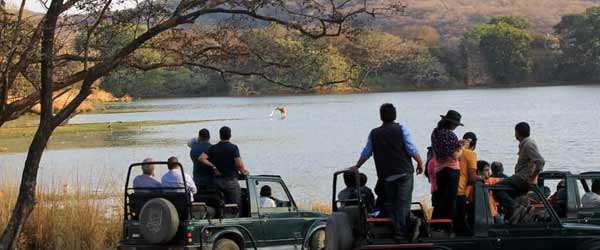
Ranthambore National Park
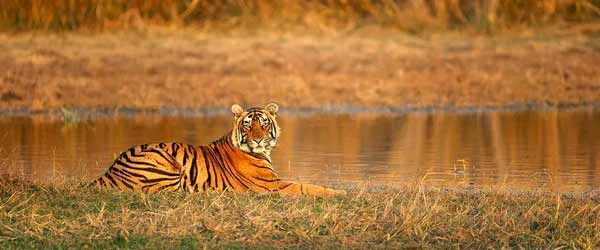
Sariska National Park, Alwar
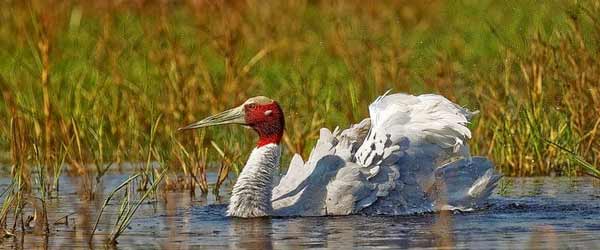
Keoladeo Ghana Bird Sanctuary
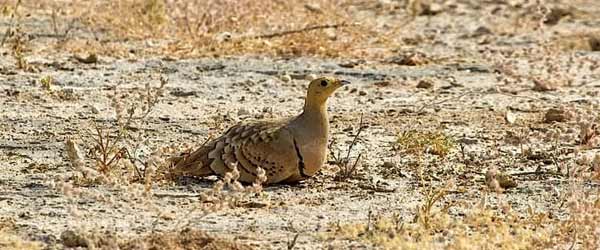
Desert National Sanctuary
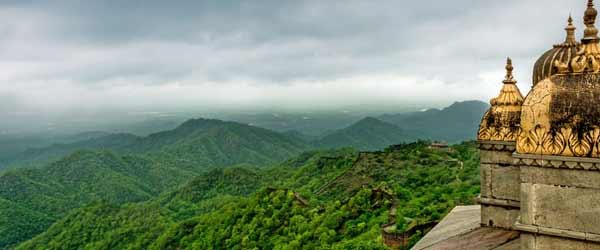
Kumbhalgarh Wildlife Sanctuary
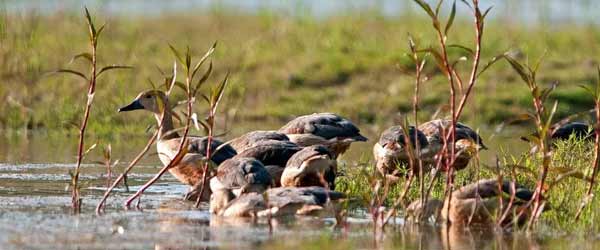
Darrah Sanctuary, Kota
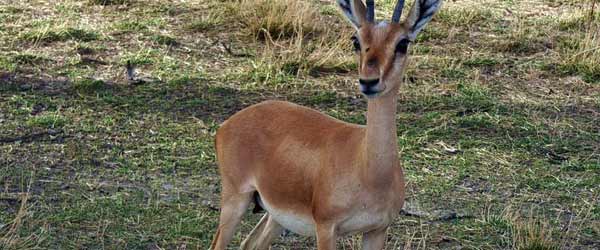
Mount Abu Sanctuary
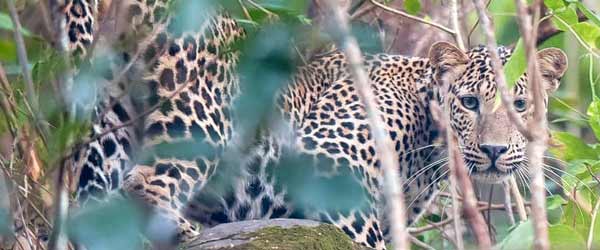
Sita Mata Sanctuary, Pratapgarh
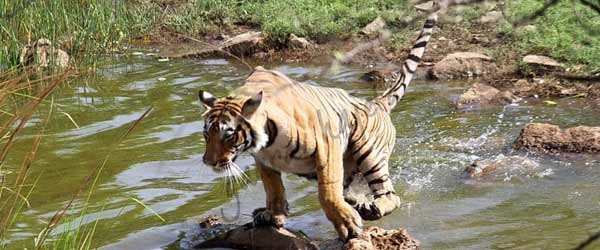
Keladevi Wildlife Sanctuary
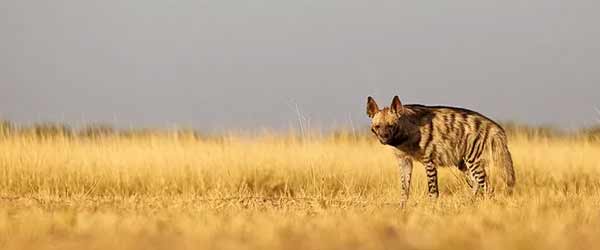
National Chambal Wildlife
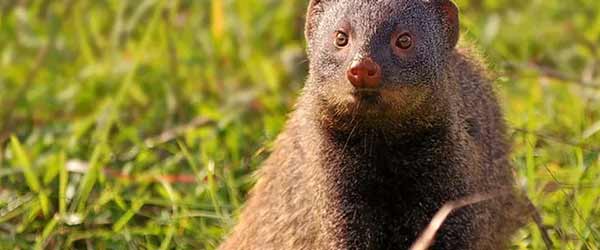
Machiya Safari Park, Jodhpur
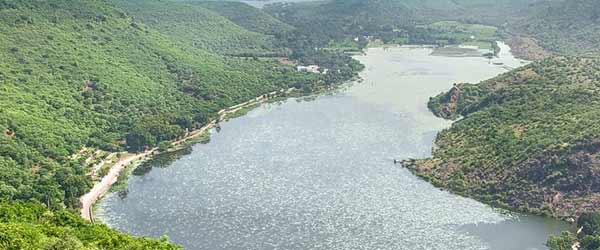
Ramgarh Vishdhari Sanctuary
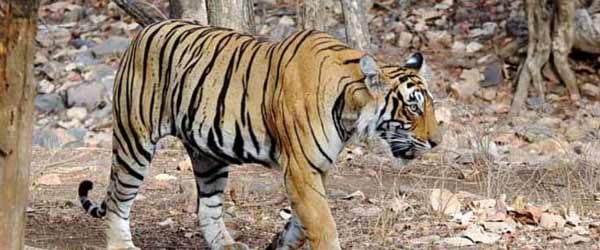
Mukundara Tiger Reserve, Kota
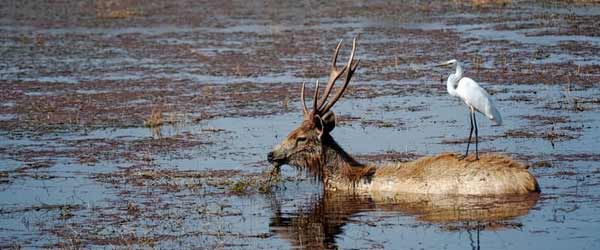
Baretha Wildlife sanctuary
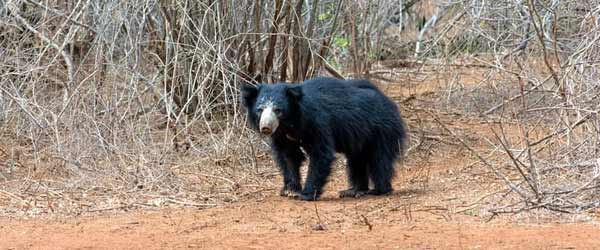
Jaisamand Sanctuary, Udaipur
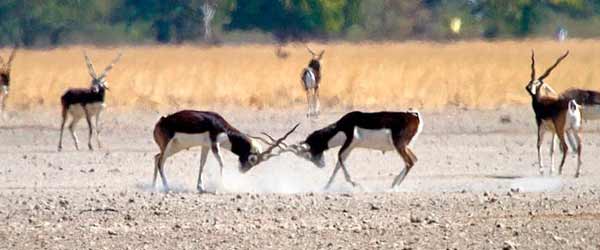
Tal Chhapar Sanctuary
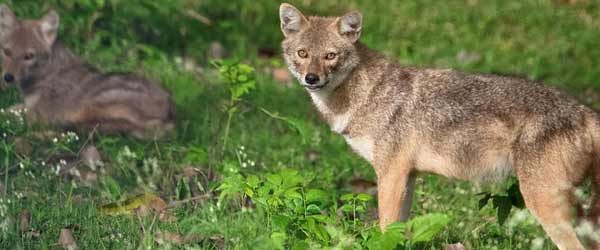
Bassi Wildlife Sanctuary
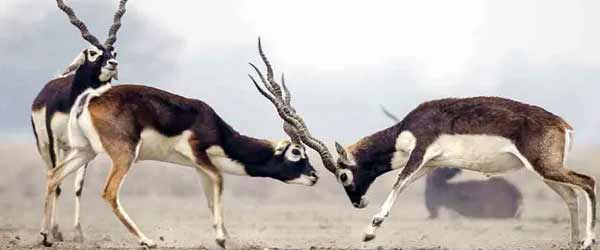
Gajner Wildlife Sanctuary
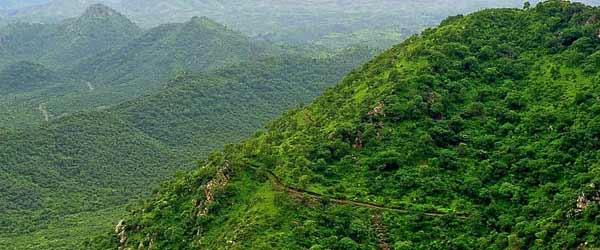
Sajjangarh Wildlife Sanctuary
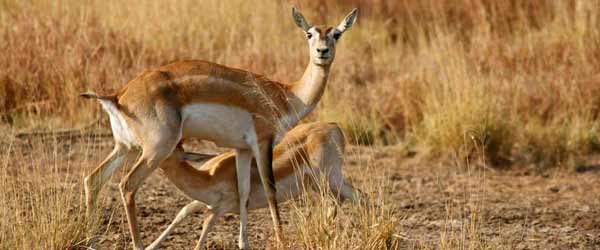
Todgarh Raoli Wildlife Sanctuary
 +91 9549279999
+91 9549279999 